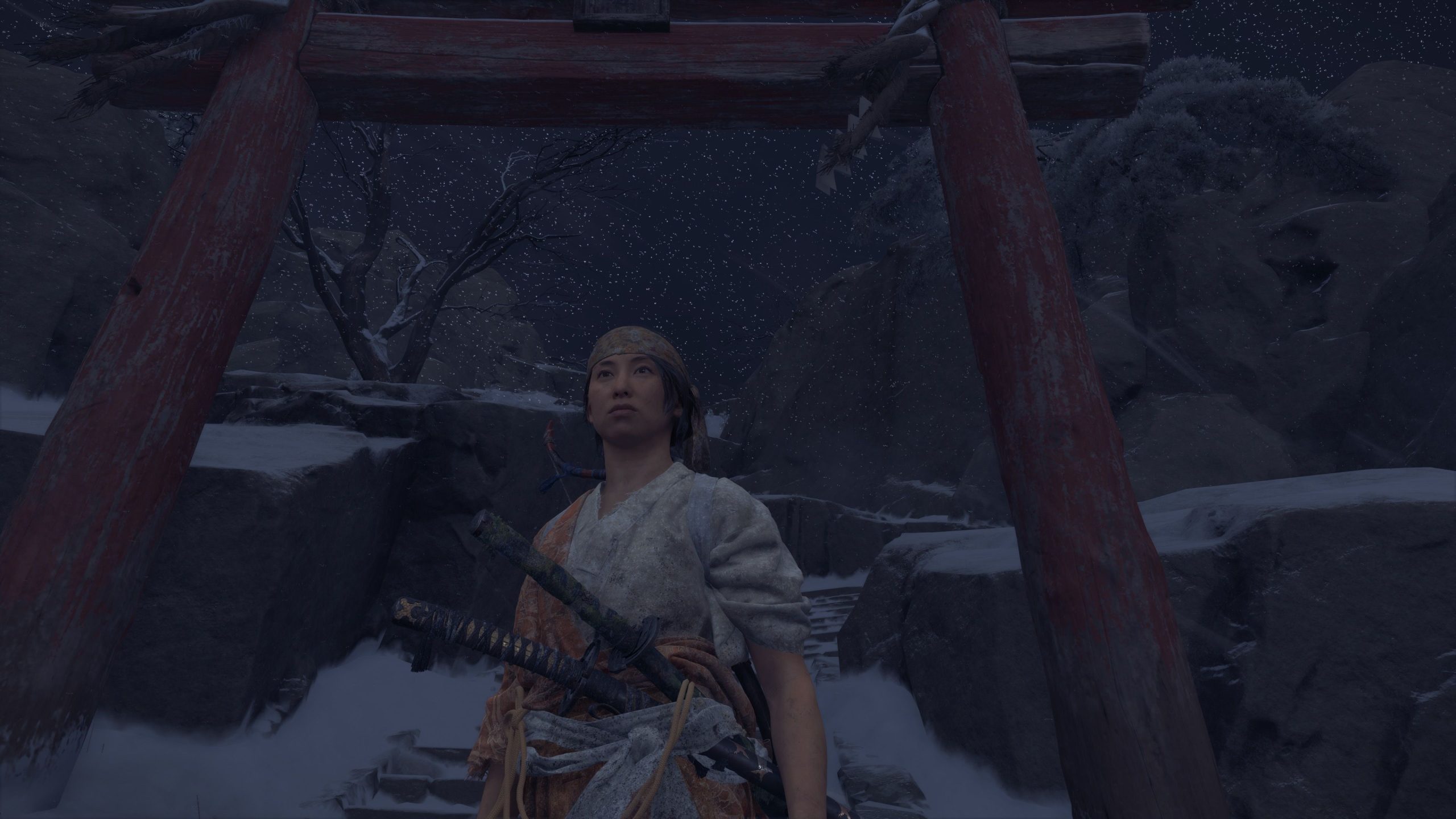Ghost of Tsushima was one of the last big exclusives to launch on the PS4 in 2020, just months before the PS5 was released. While not the first open-world samurai game, it certainly did a lot of new things, and fans were ecstatic over it. Beyond a PS5 port, Sucker Punch has been quietly toiling away at the sequel, Ghost of Yotei, and five years later, it’s finally here.
Ghost of Yotei takes place hundreds of years after the original, so fans can give up hope for a Jin Sakai cameo. While not a huge leap forward, there are some things this sequel does better than Ghost of Tsushima, so let’s get into it.
The Weapon Variety
More Ways To Kill
In Ghost of Tsushima, Jin could learn to use bows and master the katana, which is what players wanted to see most from an open-world samurai game. In the sequel, Atsu can learn to wield a wider array of melee-based weapons. One early example in Ghost of Yotei includes the Dual Katanas, which are great against spears.
There are several other new weapons introduced, and discovering each one is a fun little surprise that’s not worth spoiling. The effectiveness of one weapon against another is also an improvement over the original, as players have to use more strategy in combat rather than just relying on countering or hacking and slashing away.
Weapon Throwing
An Improvisational Samurai
Besides the new weapons that Atsu can equip, enemies will also drop their weapons in combat. Players can then pick up discarded weapons, like katanas or spears, and hurl them at enemies. Enemy bases will often have weapons on racks that players can pick up too, if they want to be more cinematic in their stealth kills without using a bow.
The ability to throw a weapon in Ghost of Yotei is just cool, and it’s something that a lot of open-world games struggle with in terms of combat. Why can’t players pick up enemy weapons and use them? That question has been asked numerous times, and while it would be more immersive to let players pick up any weapon and use it temporarily in Ghost of Yotei, like in The Legend of Zelda: Breath of the Wild, the weapon throwing mechanic is still appreciated.
Reflecting On Memories
Getting Deeper Into The Hero’s Past
Ghost of Tsushima had some flashbacks featuring Jin to show his family bonds growing, but they were few and far between. In Ghost of Yotei, there are more flashbacks to uncover, and most are optional. If players want to immerse themselves in Atsu’s past, they can.
This will mostly be done in Atsu’s home, wherein players can hold down the trackpad and run around as Atsu as a child and do little mini-quests. There are some examples in the rest of the world of Ghost of Yotei too, including tracking down horses with her father.
A Flexible Main Mission Structure
Going After The Yotei Six
After a brief set of tutorials, the world will open up quite quickly. Players can roam around Ghost of Yotei, level up various stats like health, tackle side quests, or go after main missions. Players cannot directly slay all remaining members of the Yotei Six, but they are at least given choices of whom to tackle first.
Giving players choices in the main missions is a big improvement over Ghost of Tsushima, even though there were also branching opportunities in the first game. In an open-world game, the more choices players have to craft their own story, the better.
More Platforming Sections
An Opportunity To Drink In The Environments
To reach upgrade locations in Ghost of Yotei, like Altars of Reflection to learn skills, players will often have to jump through a few hoops. This can include platforming sections like jumping between branches, climbing walls, or swinging on Atsu’s grappling hook.
The first game had platforming sections like this too, but Ghost of Yotei has more of them. They can often be more fun and interactive than combat, and give the game a nice change of pace if players want a challenge and a break from the bloodshed.
Your Wolf Companion
Becoming A Beast Master
Players could follow foxes and birds in Ghost of Tsushima to find cool locations, but animals never came to Jin’s aid in battle. This is different in Ghost of Yotei, because Atsu has a wolf companion.
This wolf will not constantly follow players around initially, but doing more wolf quests can level up the wolf’s functionality and will get it to stick around more. For example, performing a Standoff with the wolf is a cool gameplay feature. It’s just one more combat element that makes this sequel more immersive as a samurai game.
The Rapid Fast Travel
An Astounding Achievement On PS5
The PS5 is a much beefier console than the PS4, which is what Ghost of Tsushima initially launched on. The PS5 port of the first game did upgrade some functionalities, including better load times, but Ghost of Yotei was built from the ground up on the PS5. That means there are virtually no load times, and saving is quick and easy.
One good example includes the fast travel system, which is lightning fast. Also, practically every single location players travel to, from towns to Altars of Reflection, will let players fast travel to them. Open-world games with fast travel systems could learn a thing or two from Ghost of Yotei.
